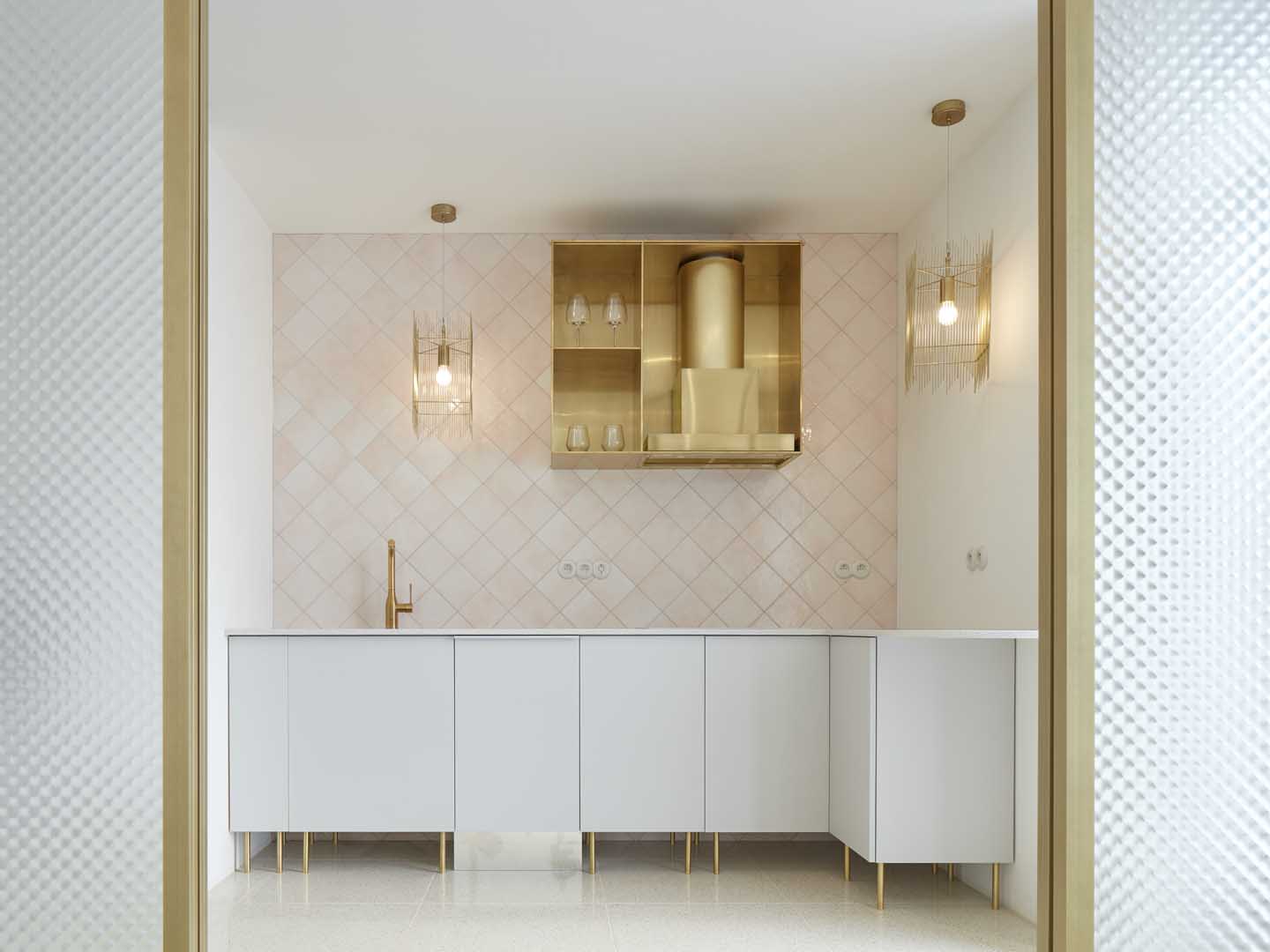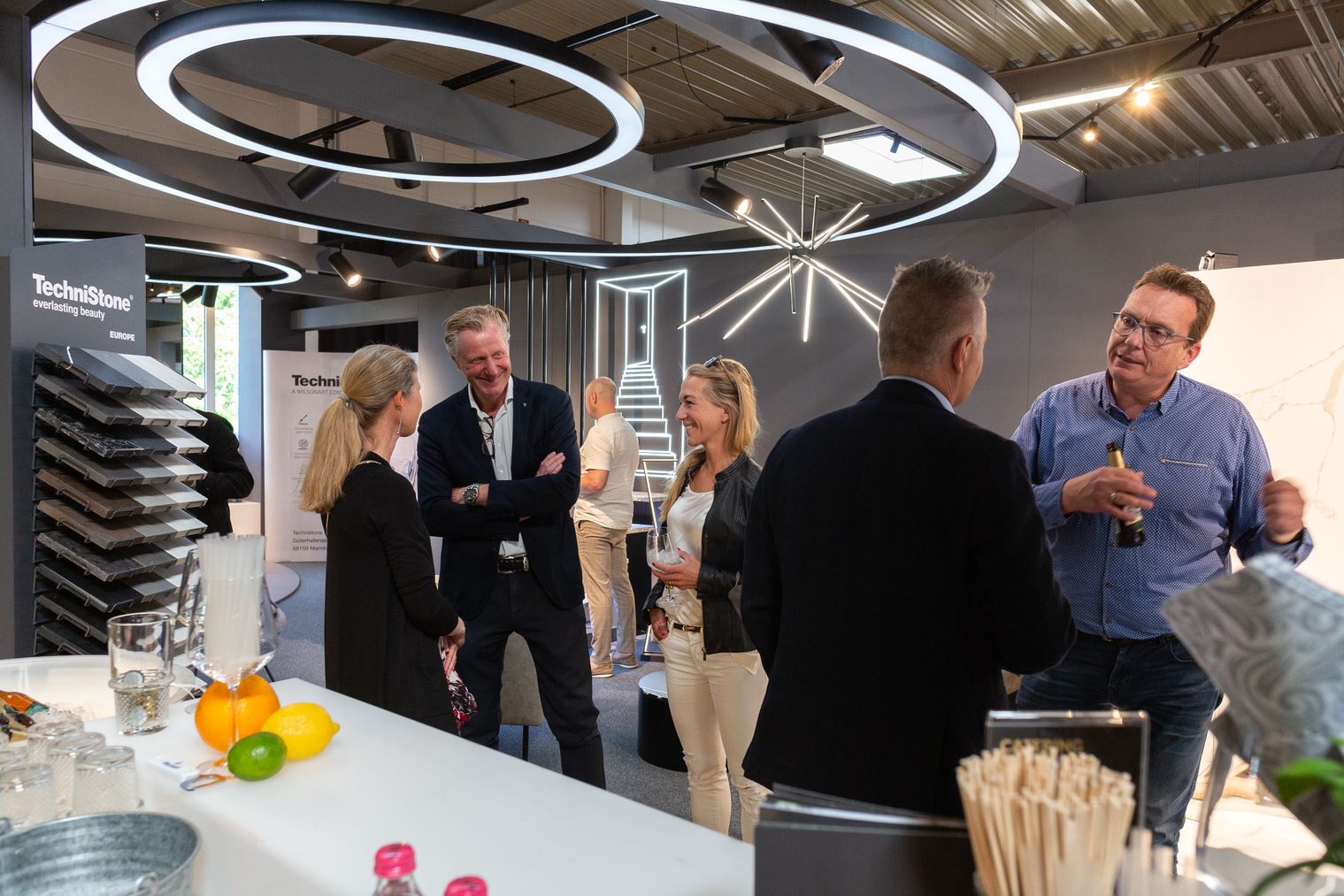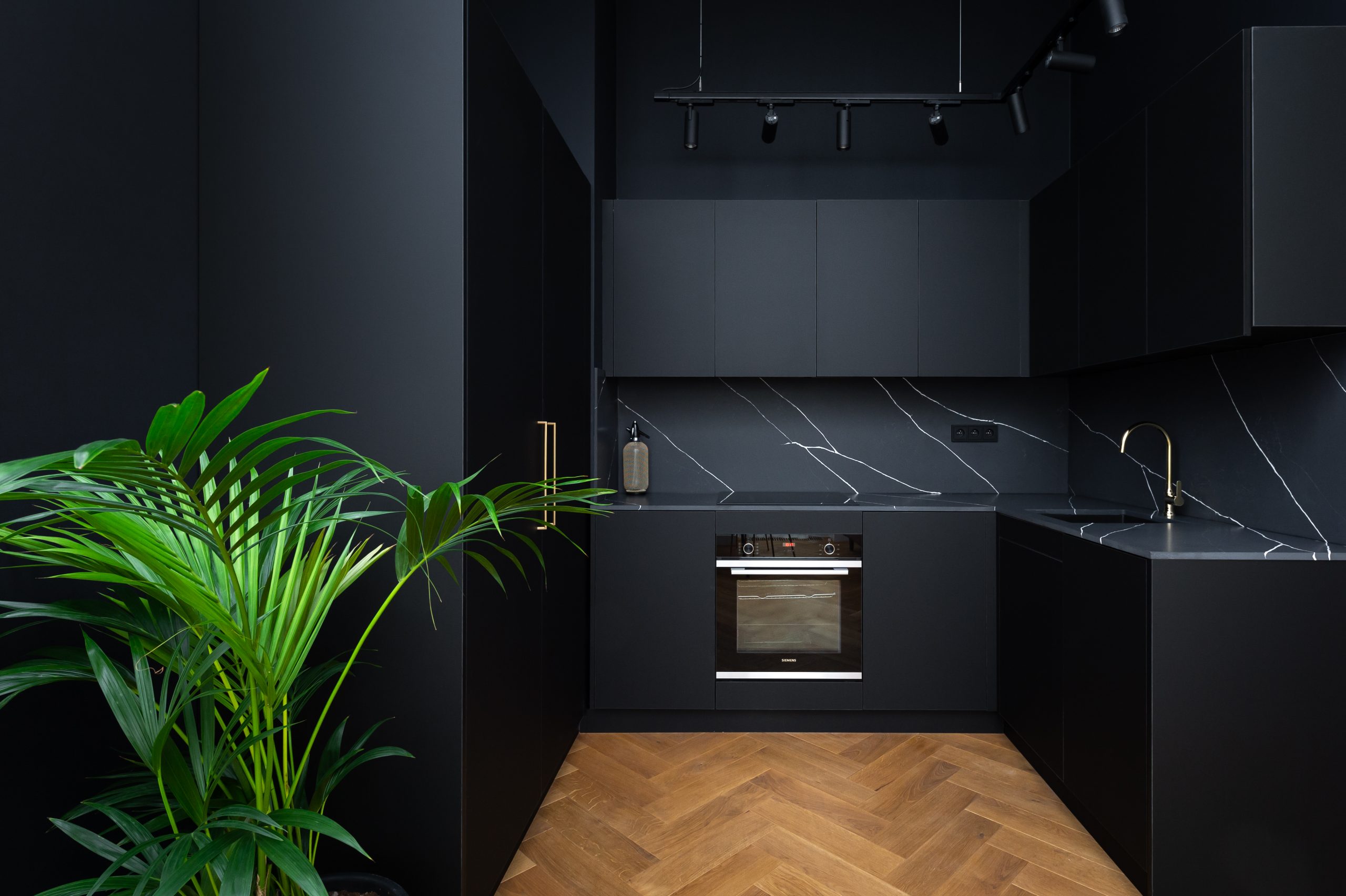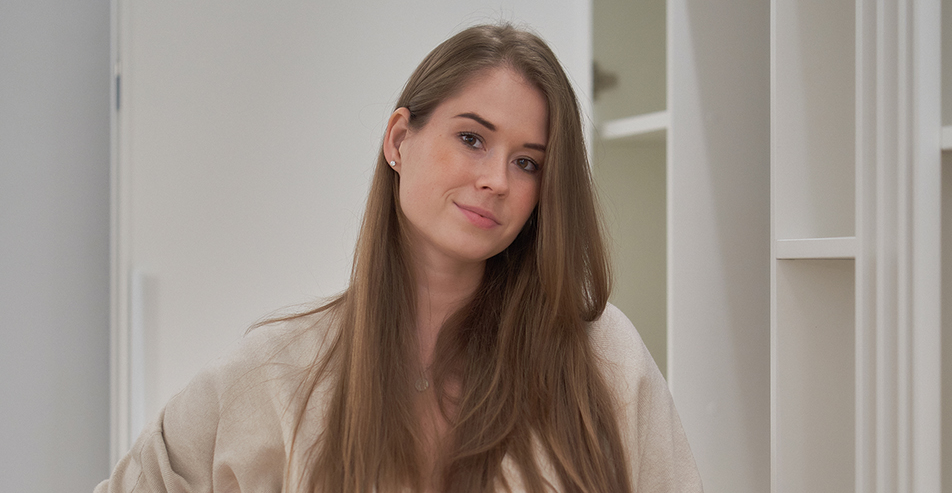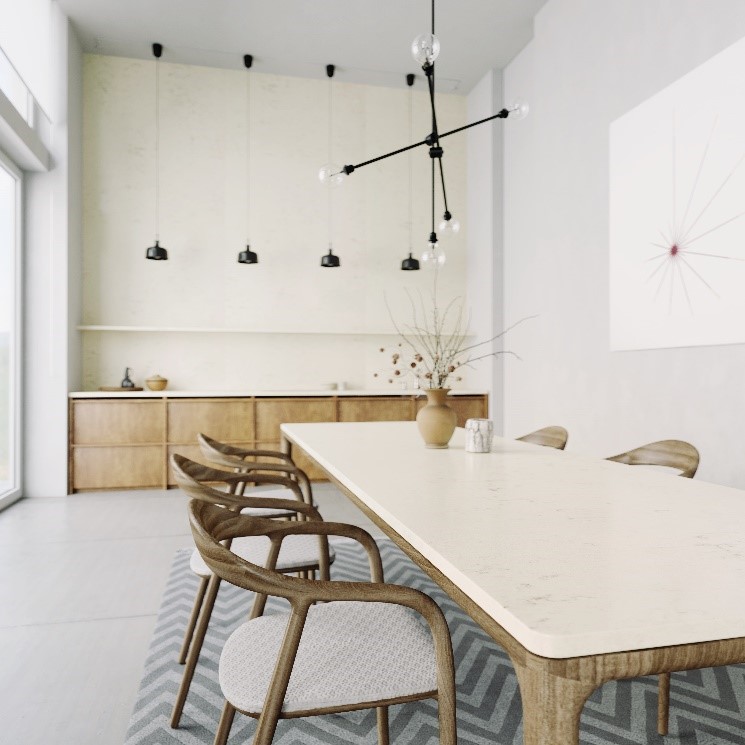
Classy and practical: The Interwar Era Living
A style that is unmistakable – functionality comes first and grace as a natural part of any interior. This is how people lived during the interwar period of the First Republic. Return with us to the Masaryk era, where people were not yet overwhelmed by technology, and their sense of the true value of things was defined by the behavior of a gentlemen of the time and noble as the beauty of ladies.

The common, airy and spacious space gives a feeling of freedom and lets maximum of daylight into the room. (Technistone®, Noble Villa)
There is beauty in simplicity
No excess. Everything in the interior had to have its purpose and meaning. Decorative Art Nouveau ornaments and ornate accessories such as porcelain and lace were almost a crime. Austere but impressive metal furniture was part of the living area. Practically the kitchen provided storage space up to the ceiling through its smooth and simple wooden cabinets. The wealthier then decorated the kitchen worktop and dining table with real stone. This added a pleasant sense of luxury to a minimally furnished room, but the natural appearance kept the space within the desired limits of functionalism. The floor was covered with linoleum or parquet complemented with a carpet of soft colors and patterns. Clean lines surrounded you everywhere, and on the contrary, you did not come across any fads, strong decors or junk.
Clean, practical, simple, and yet infinitely classy. Such are the interiors that give you a breath of functionalism that began at the time and is still admired today. (Technistone®, Noble Villa)
As magnificent as a villa
The industrialists could afford to build a spatially diverse house, which the architects did not forget to provide with a boudoir for ladies and a library with a massive desk for men. The kitchen at that time was not yet central to the household, as it is today, and was mostly detached from the living room. Villa Tugendhat, however went its own way even in this respect. It has thus rightly become a model for the continuation of functionalism. Its spaces are dynamic and perfectly adaptable thanks to a system of flat, mutually perpendicular and parallel surfaces. The feeling of freedom comes from the removal of the traditional function of the wall as a fulcrum. This created a free-flowing space that provides more daylight. Originality usually has to wait for many years for recognition, and this was the case of Villa Tugendhat.
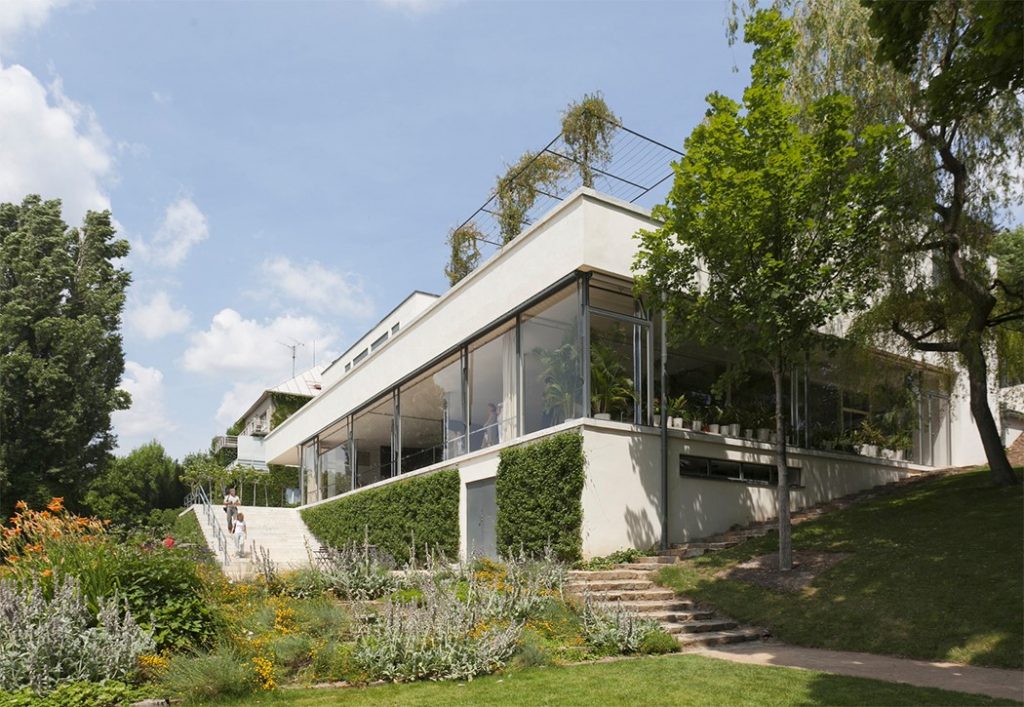
Source: www.modedamour.com
The main task of the architecture of that time was to find a dynamic balance between the building and the landscape. Villa Tugendhat perfectly respects the character and beauty of the surroundings.
Since then, functionalist villas have popped up like mushrooms after the rain, and their owners have struggled to find more expensive materials from as far away as possible. From today’s ecological point of view, this attitude is understandably outdated and thus favors local sustainable materials. “The purity and quality of the material is the pinnacle of beauty,” said the author of the famous villa, Mies van der Rohe, in the late 1920s. The material in the interior speaks for itself and it is therefore necessary to give it proper space and not overload it with anything distracting.

Purposefulness and functionality are also reflected in the forms of contemporary interiors. In addition, today’s technological possibilities allow the production of materials that push the utility value further and do not rob it of the design effect. That is why engineered stone was created. This modern material is characterized by its wide use in the interior, highly durable properties and almost unlimited range of colors, which are inspired by nature and modern trends. (Technistone®, Noble Villa)

Source: www.modedamour.com
The villa aroused admiration and outrage. It was ahead of its time, and yet it actually became a reference point. To this day, it is a functionalist temple visited by architects from around the world.
Functionalism is not cold or austere, as it may seem at first glance. It gives a person the freedom and feeling as if time has stopped entering a room. The space where contemporary people live is supposed to bring this inner peace and slowing down in the daily rhythm. Architecture is not a fashionable style, but an expression of the relationship between man and the contemporary world. This is also its main mission – to bring life into the interior through its inhabitants. Only they will make sense to it and make it a real home.

